Uncategorized
Crypto Daybook Americas: Bitcoin Buzzes With Anticipation Before Trump’s Inauguration
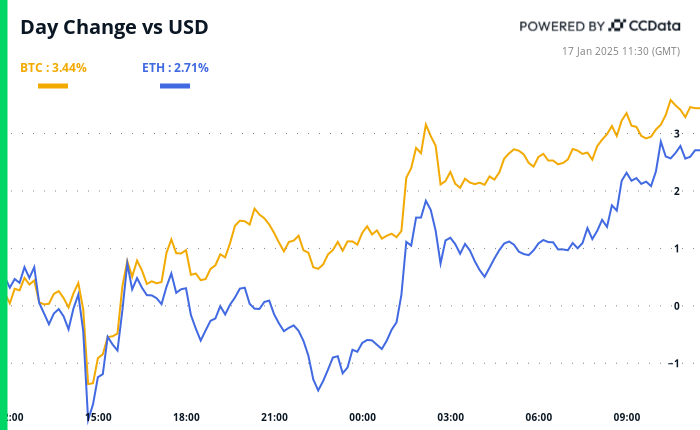
By Omkar Godbole (All times ET unless indicated otherwise)
The crypto world is buzzing as President-elect Donald Trump’s inauguration nears. Bitcoin is holding above $100,000 and altcoins like SOL, ADA, LINK, XRP and LTC are shining as it’s not just about a potential strategic bitcoin reserve anymore. Reports suggest Trump could announce crypto as a policy priority.
Things are heating up for ether too. A blockchain address associated with Trump’s World Liberty Finance (WLF) project snapped up nearly $10 million of ETH this week, according to Arkham Intelligence. And keep your eyes on layer-1 blockchain Near Protocol’s NEAR. The token’s supply dynamics look bullish, with the ratio of staked to unstaked NEAR rising, according to data source Flipside.
Overall, the outlook for the crypto market is bullish, as Wednesday’s U.S. CPI report has eased inflation concerns, allowing traders to focus on Trump’s swearing-in. On-chain analysis from 21Shares shows there’s still plenty of upside left for BTC.
That said, consider the possibility of a price drop if a major announcement doesn’t materialize on Trump’s first day.
«The macroeconomic backdrop remains supportive, with unemployment trending downward, inflation showing signs of easing, and the market riding a wave of enthusiasm tied to Trump’s inauguration,» Valentin Fournier, an analyst at BRN, said. «We maintain a bullish outlook for Q1, though a correction could happen this week if the new administration doesn’t outline a solid action plan.»
Note that BTC is trading at a discount on Coinbase relative to Binance in a sign of weak demand from U.S. investors. Plus, Arkham Intelligence data shows a whale moved BTC worth over $1 billion to Coinbase on Thursday. Transfers to exchanges typically represent an investor intention to sell.
And watch out for inflation worries creeping back. The U.S. PPI, which shows price pressures building up in the pipeline, rose above the CPI in December for the first time since 2022. Stay alert!
What to Watch
Crypto
Jan. 17: Oral arguments at the Court of Appeals for the District of Columbia in KalshiEX LLC v. CFTC, where the CFTC is appealing the district court’s ruling favoring Kalshi’s Congressional Control Contracts.
Jan. 23: First deadline for a decision by the SEC on NYSE Arca’s Dec. 3 proposal to list and trade shares of Grayscale Solana Trust (GSOL), a closed-end trust, as an ETF.
Jan. 25: First deadline for SEC decisions on proposals for four new spot solana ETFs: Bitwise Solana ETF, Canary Solana ETF, 21Shares Core Solana ETF and VanEck Solana Trust, which are all sponsored by Cboe BZX Exchange.
Feb. 4: MicroStrategy Inc. (MSTR) reports Q4 earnings before the market opens.
Macro
Jan. 17, 8:30 a.m.: The U.S. Census Bureau releases December’s Monthly New Residential Construction report.
Building Permits (Preliminary) Est. 1.46M vs. Prev. 1.493M.
Building Permits MoM (Preliminary) Prev. 5.2%.
Housing Starts Est. 1.32M vs. Prev. 1.289M.
Housing Starts MoM Prev. -1.8%.
Token Events
Governance votes & calls
ApeChain is voting on a revamped governance process for 75% of the on-chain treasury to be directed to DAO treasury contract and the remaining 25% to the Ape Foundation for administrative and support purposes. Voting began Jan. 17 and will last for 13 days.
The Aave DAO is discussing a joint incentive program with Polygon that would require $3 million to enhance liquidity and adoption of Aave on the Polygon blockchain.
Unlocks
Jan. 17: ApeCoin (APE) to unlock 2.16% of its circulating supply, worth $18.1 million
Jan. 17: QuantixAI (QAI) to unlock 4.79% of its circulating supply, worth $21.28 million
Jan. 18: Ondo (ONDO) to unlock 134% of its circulating supply, worth $2.19 billion.
Jan. 21: Fasttoken (FTN) to unlock 4.6% of circulating supply worth $76 million.
Token Launches
Jan. 17: Solv Protocol (SOLV) to be listed on Binance.
Conferences:
Day 12 of 14: Starknet, an Ethereum layer 2, is holding its Winter Hackathon (online).
Day 5 of 12: Swiss WEB3FEST Winter Edition 2025 (Zug, Zurich, St. Moritz, Davos)
Jan. 18: BitcoinDay (Naples, Florida)
Jan. 20-24: World Economic Forum Annual Meeting (Davos-Klosters, Switzerland)
Jan. 21: Frankfurt Tokenization Conference 2025
Jan. 25-26: Catstanbul 2025 (Istanbul). The first community conference for Jupiter, a decentralized exchange (DEX) aggregator built on Solana.
Jan 30-31: Plan B Forum (San Salvador, El Salvador)
Feb. 3: Digital Assets Forum (London)
Feb. 18-20: Consensus Hong Kong
Token Talk
By Oliver Knight
Litecoin (LTC) led the pack over the past 24 hours after a Nasdaq 19B-4 filing paved the way to roll out an LTC exchange traded-fund (ETF). The token rose 17% to overtake bitcoin cash (BCH) in terms of market cap.
Ethereum developers confirmed that the mainnet Pectra upgrade will take place in March, with a series of hard forks planned on Ethereum testnets in February. The upgrade will improve wallet functionality and increase the native staking limit to 2,048 ETH from 32 ETH. This increase means larger stakers like Coinbase and restaking protocols will be able to control fewer validators, reducing complexity. Coinbase currently has tens of thousands of validators.
Altcoin whales are aggressively buying solana (SOL) in the lead-up to Donald Trump’s inauguration. One particular wallet, reported by Lookonchain, bought $2.49 million worth of SOL and withdrew an additional $3.94 million worth out of Binance. It then deposited a total of 144,817 SOL ($30.4 million) into lending platform Kamino before borrowing $20 million of stablecoins. This is effectively taking a long position on SOL as when the value of the underlying asset rises, the user will have to pay less stablecoin.
Derivatives Positioning
Litecoin is the best-performing coin in terms of futures open interest growth and positive CVD readings that imply net buying pressure.
HYPE stands out as overheated, with annualized funding rates in excess of 100%, according to Velo Data. The elevated funding rate indicates overcrowding in bullish bets.
BTC’s annualized one-month futures basis on the CME has climbed above 12%, surpassing ETH’s 11%. BTC, ETH CME futures open interest, however, remains little changed and well below December highs.
BTC, ETH options on Deribit show bias for calls.
Market Movements:
BTC is down 2.17% from 4 p.m. ET Thursday at $102,319.71 (24hrs: +3.15%)
ETH is up 3.13% at $3,424.04 (24hrs: +3.22%)
CoinDesk 20 is up 1.36% at 3,960.57 (24hrs: +4.36%)
Ether staking yield is unchanged at 3.1%
BTC funding rate is at 0.0092% (10.12% annualized) on Binance
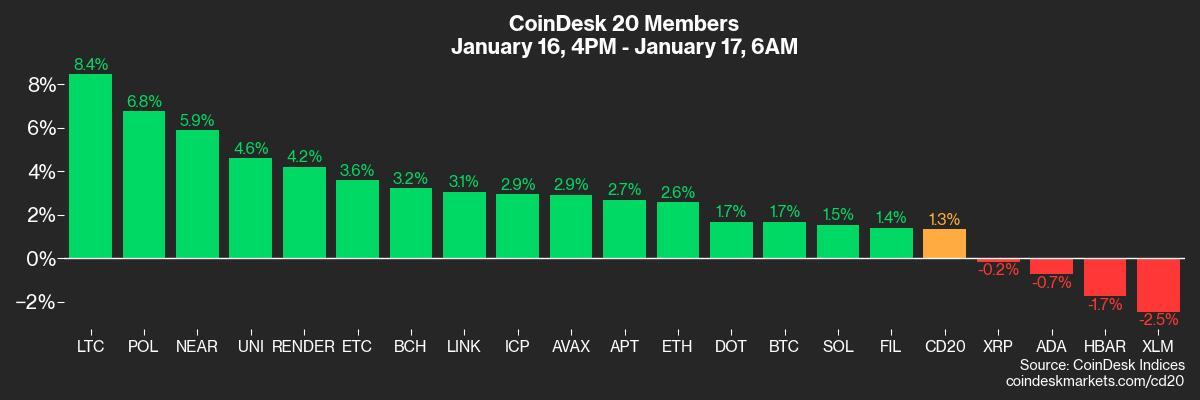
DXY is unchanged at 109.02
Gold is up 0.67% at $2,730.60/oz
Silver is down 1.3% at $31.28/oz
Nikkei 225 closed -0.31% to 38,451.46
Hang Seng closed +0.31% to 19584.06,
FTSE is up 1.06% at 8,481.19
Euro Stoxx 50 is up 0.66% at 5,140.87
DJIA closed on Thursday -0.16% to 43,153.13
S&P 500 closed -0.21% to 5,937.34
Nasdaq closed -0.89% to 19,338.29
S&P/TSX Composite Index closed +0.23% to 24846.2
S&P 40 Latin America closed -1.41% to 2,230.95
U.S. 10-year Treasury is down 2 bp at 4.6%
E-mini S&P 500 futures are unchanged at 5,993.50
E-mini Nasdaq-100 futures are down 0.32% at 21,332.25
E-mini Dow Jones Industrial Average Index futures are unchanged at 43,496.00
Bitcoin Stats:
BTC Dominance: 57.49
Ethereum to bitcoin ratio: 0.0334
Hashrate (seven-day moving average): 784 EH/s
Hashprice (spot): $57.0
Total Fees: 7.34 BTC/ $731,223
CME Futures Open Interest: 178,755 BTC
BTC priced in gold: 37.8 oz
BTC vs gold market cap: 10.75%
Technical Analysis
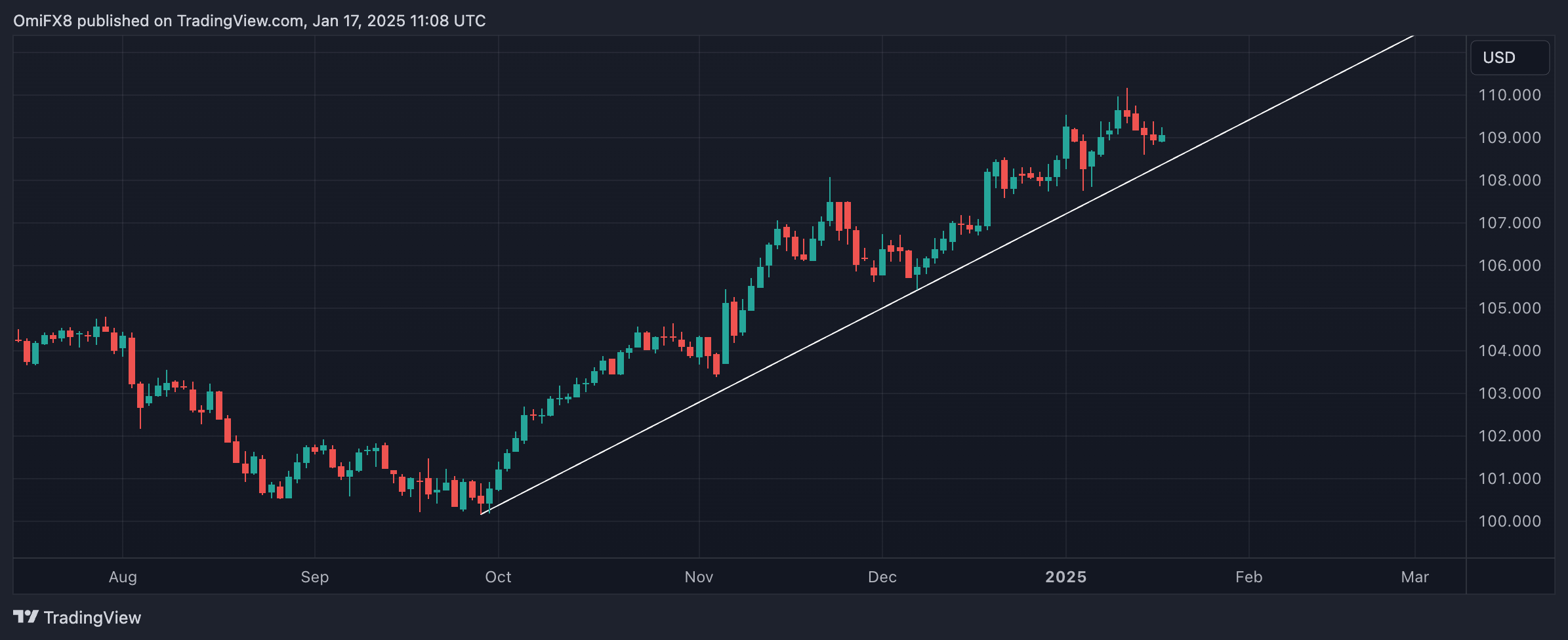
The dollar index’s (DXY) rally has stalled, but the bullish trendline characterizing the uptrend from 100 is still intact.
A renewed bounce from the trendline support could create a headwind to risk assets.
Crypto Equities
MicroStrategy (MSTR): closed on Thursday at $367 (+1.77%), up 3.26% at $378.98 in pre-market.
Coinbase Global (COIN): closed at $281.63 (+2.44%), up 2.68% at $289.28 in pre-market.
Galaxy Digital Holdings (GLXY): closed at C$28.77(+3.01%).
MARA Holdings (MARA): closed at $18.3 (+0.83%), up 3.17% at $18.88 in pre-market.
Riot Platforms (RIOT): closed at $13.29 (-1.29%), up 3.24% at $13.72 in pre-market.
Core Scientific (CORZ): closed at $14.63 (+0.69%), up 1.71% at $14.88 in pre-market.
CleanSpark (CLSK): closed at $11.18 (-0.18%), up 3.58% at $11.58 in pre-market.
CoinShares Valkyrie Bitcoin Miners ETF (WGMI): closed at $24.60 (+0.12%), up 2.93% at $25.32 in pre-market.
Semler Scientific (SMLR): closed at $58.24 (+3.8%), up 2.76% at $59.85 in pre-market.
Exodus Movement (EXOD): closed at $37.87 (+7.1%), up 5.62% at $40 in pre-market.
ETF Flows
Spot BTC ETFs:
Daily net flow: $527.9 million
Cumulative net flows: $38.04 billion
Total BTC holdings ~ 1.14 million.
Spot ETH ETFs
Daily net flow: $166.59 million
Cumulative net flows: $2.64 billion
Total ETH holdings ~ 3.57 million.
Source: Farside Investors
Overnight Flows
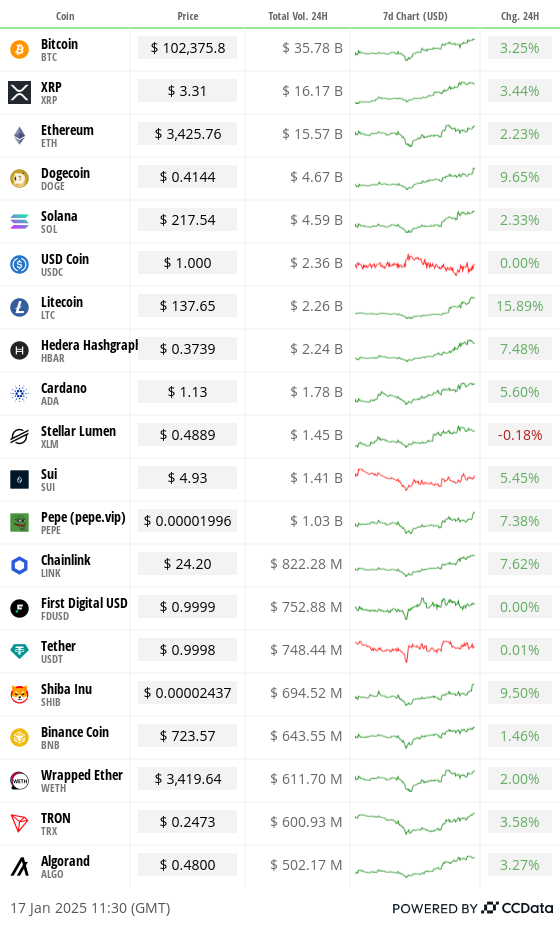
Chart of the Day
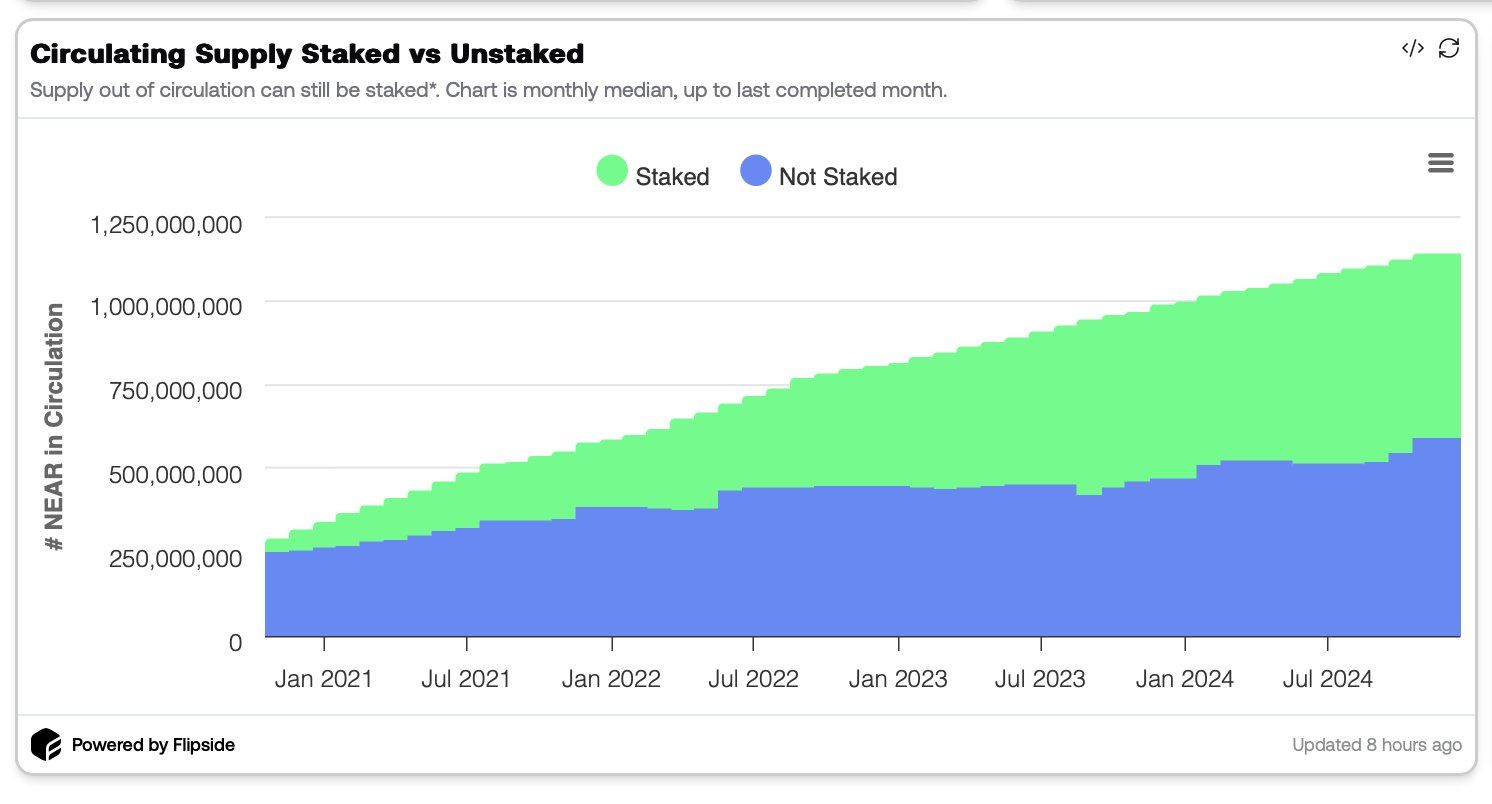
The chart shows trends in NEAR’s circulating supply staked or locked in the blockchain in return for rewards, versus supply unstaked.
The rate at which NEAR holders are staking their coins is increasing, creating a bullish demand-supply dynamic for the token.
While You Were Sleeping
Bitcoin’s ‘Coinbase Premium’ Muted Amid Reports Trump Plans to Designate Crypto a National Policy (CoinDesk): President-elect Trump is reportedly planning to prioritize cryptocurrency with an executive order, but the BTC price differential between Coinbase and Binance signals a lack of enthusiasm among U.S. investors ahead of his Jan. 20 inauguration.
XRP Volume Overtakes Bitcoin on Coinbase as U.S. Investor Interest Grows (CoinDesk): XRP accounted for 25% of Coinbase’s trading volume in the past 24 hours, driven by rising U.S. interest and speculation about an XRP ETF.
Bitcoin Miners Have Started 2025 on a Strong Footing, JPMorgan Says (CoinDesk): JPMorgan notes that 12 of 14 monitored mining stocks delivered stronger returns than bitcoin early this year, supported by a 51% annual hashrate surge.
BOJ Likely to Keep Hawkish Policy Pledge, Raise Rates Next Week, Sources Say (Reuters): Markets predict an 80% likelihood the Bank of Japan will raise the interest rate to 0.5% next week, the highest since 2008.
China Hits 5% GDP Target but Trump Tariffs Threaten Further Growth (Bloomberg): China achieved 5% GDP growth in 2024, driven by stimulus and strong exports. Upcoming U.S. tariffs and weak domestic demand may hinder future progress.
European Markets Near an All-Time High Ahead of Earnings Season (Euronews): European stocks rose this week, with Germany’s DAX hitting record highs over the past two sessions. The Euro Stoxx 600 gained 0.81%, driven by strong luxury and technology earnings and expectations of looser ECB policy.
In the Ether

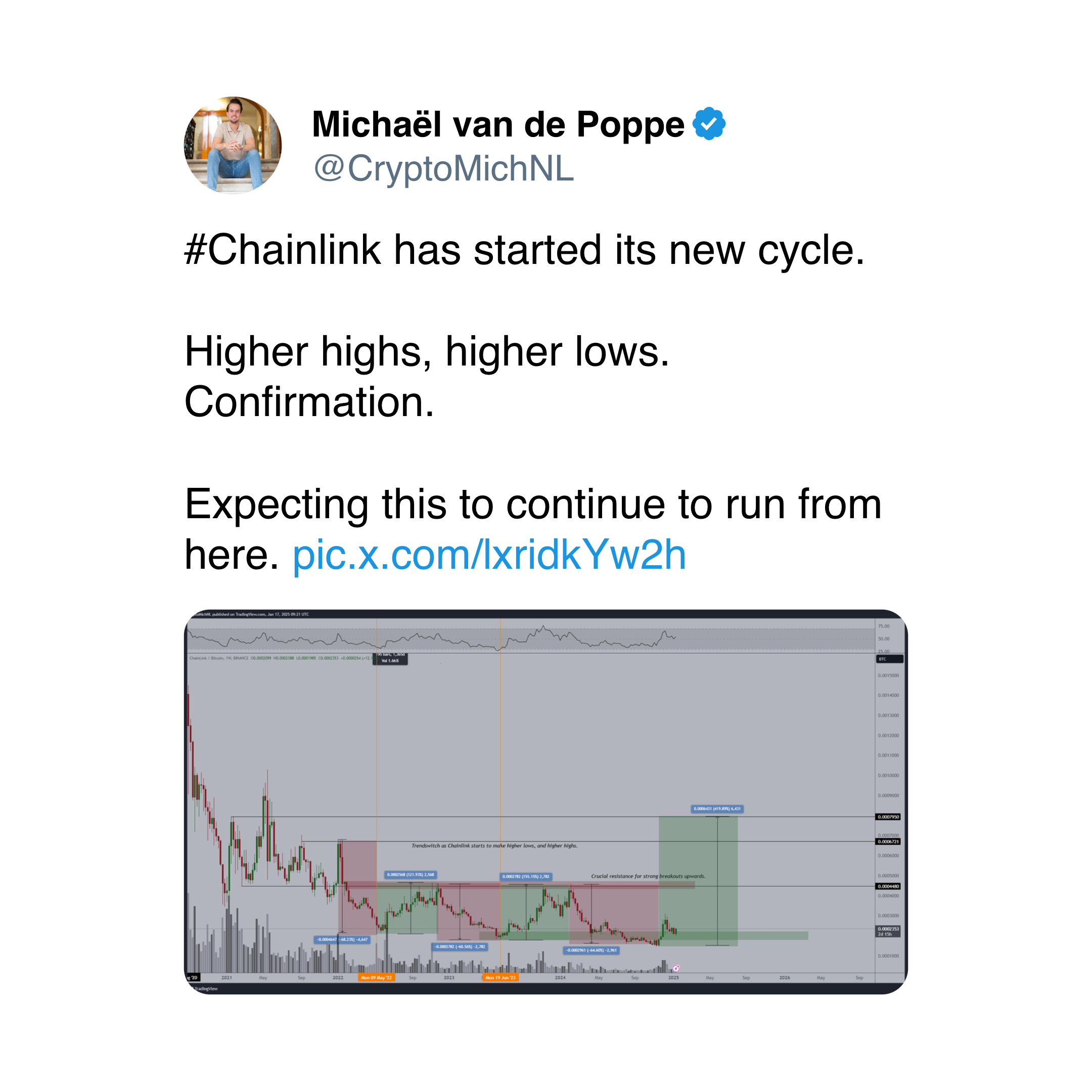
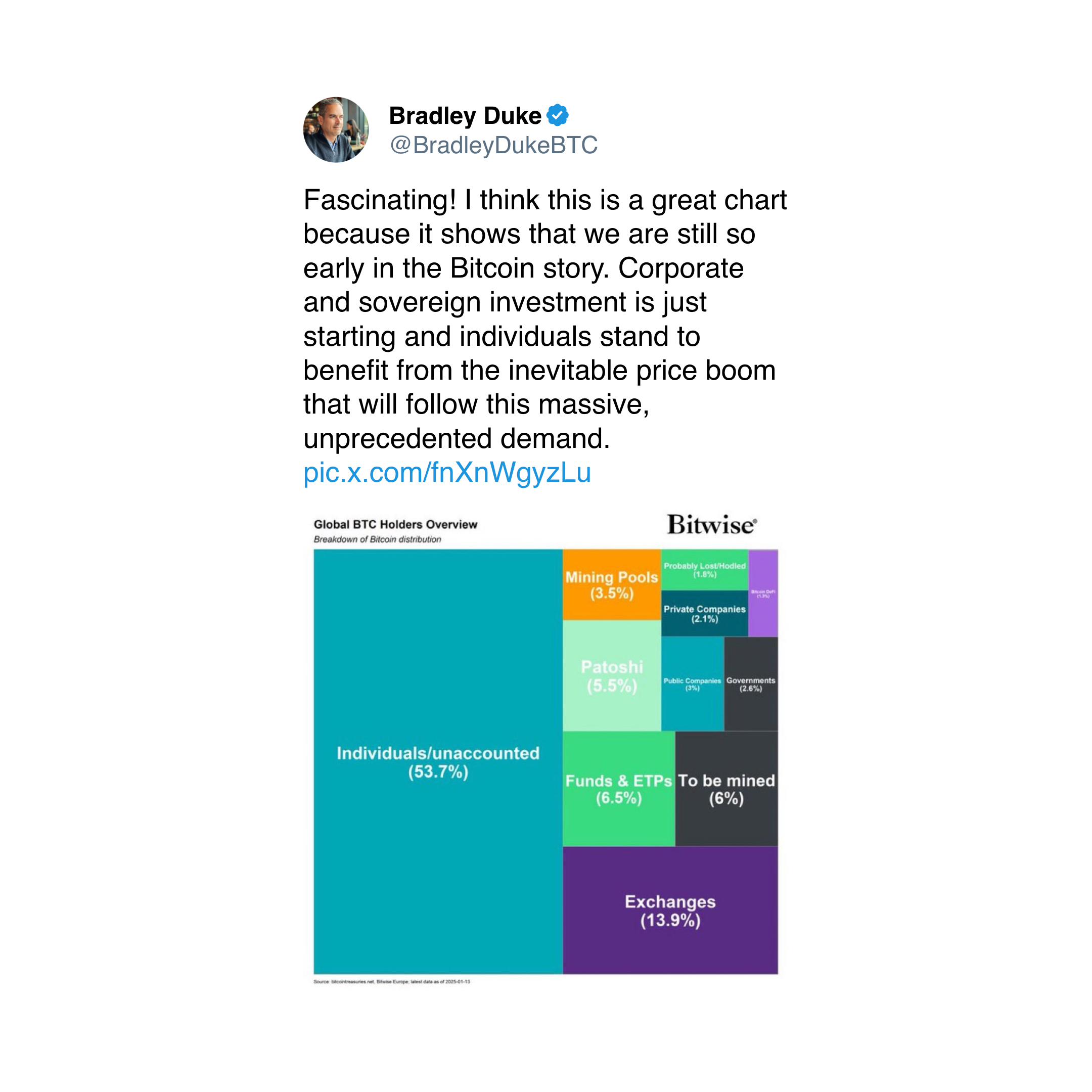

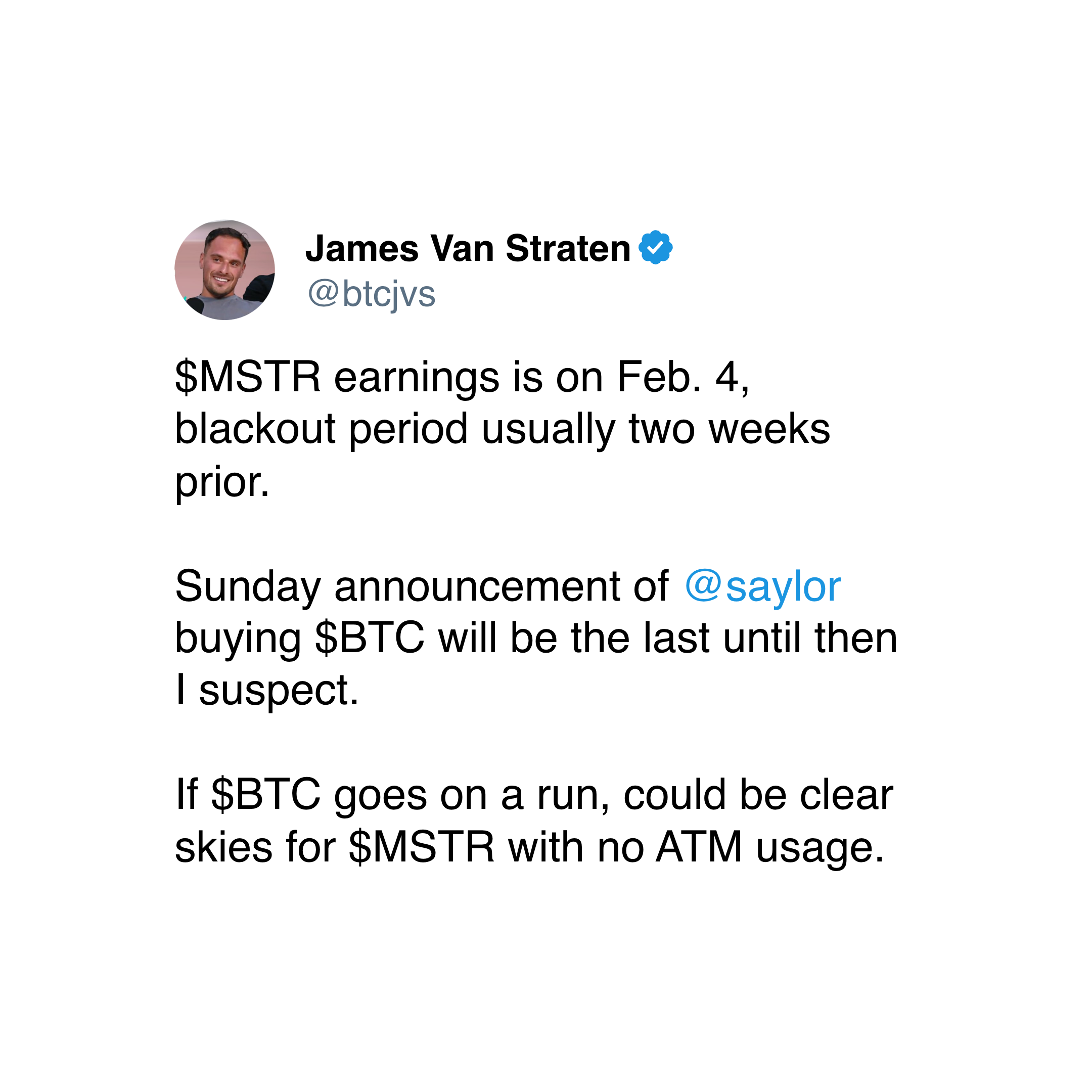
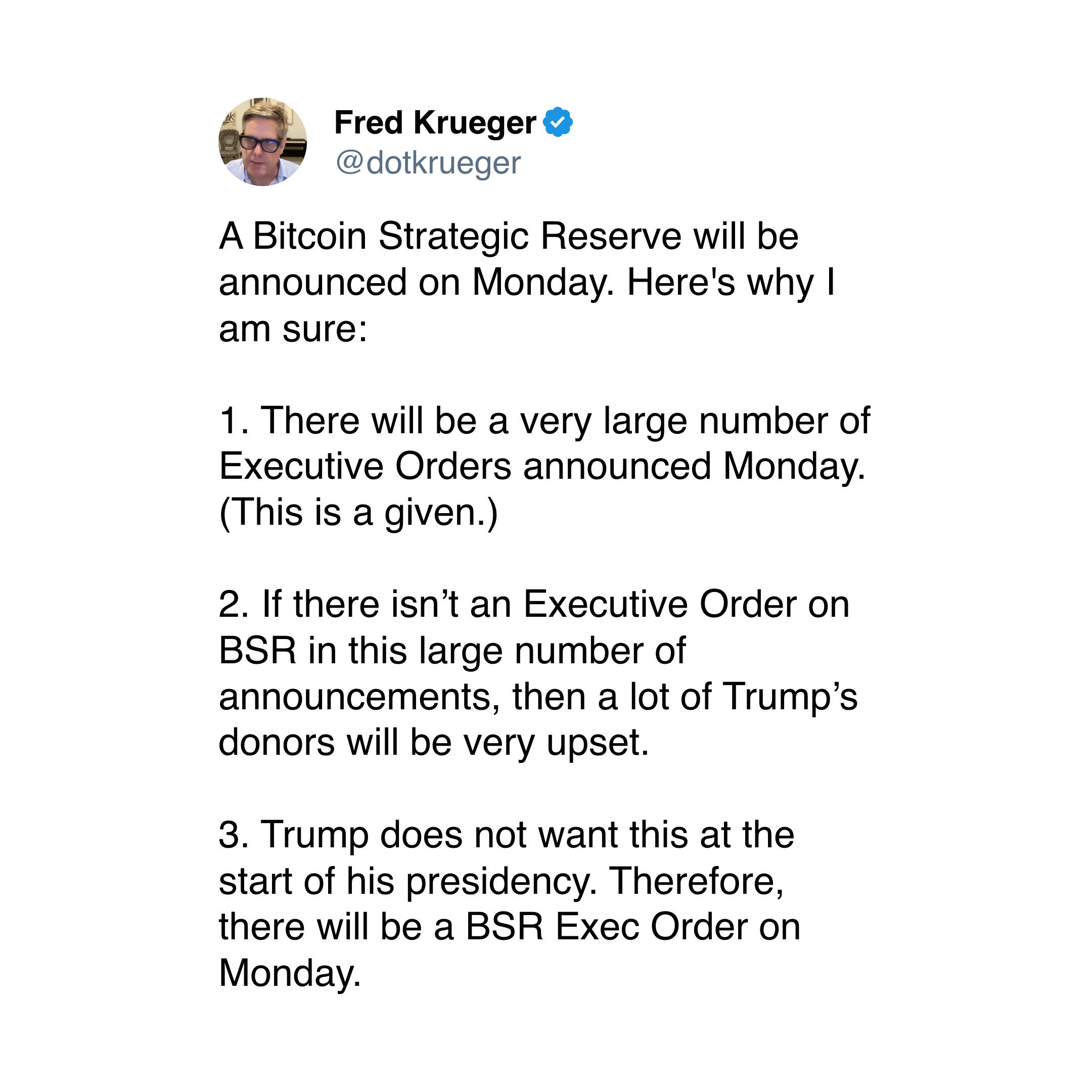
Business
AAVE Sees 64% Flash Crash as DeFi Protocol Endures ‘Largest Stress Test’
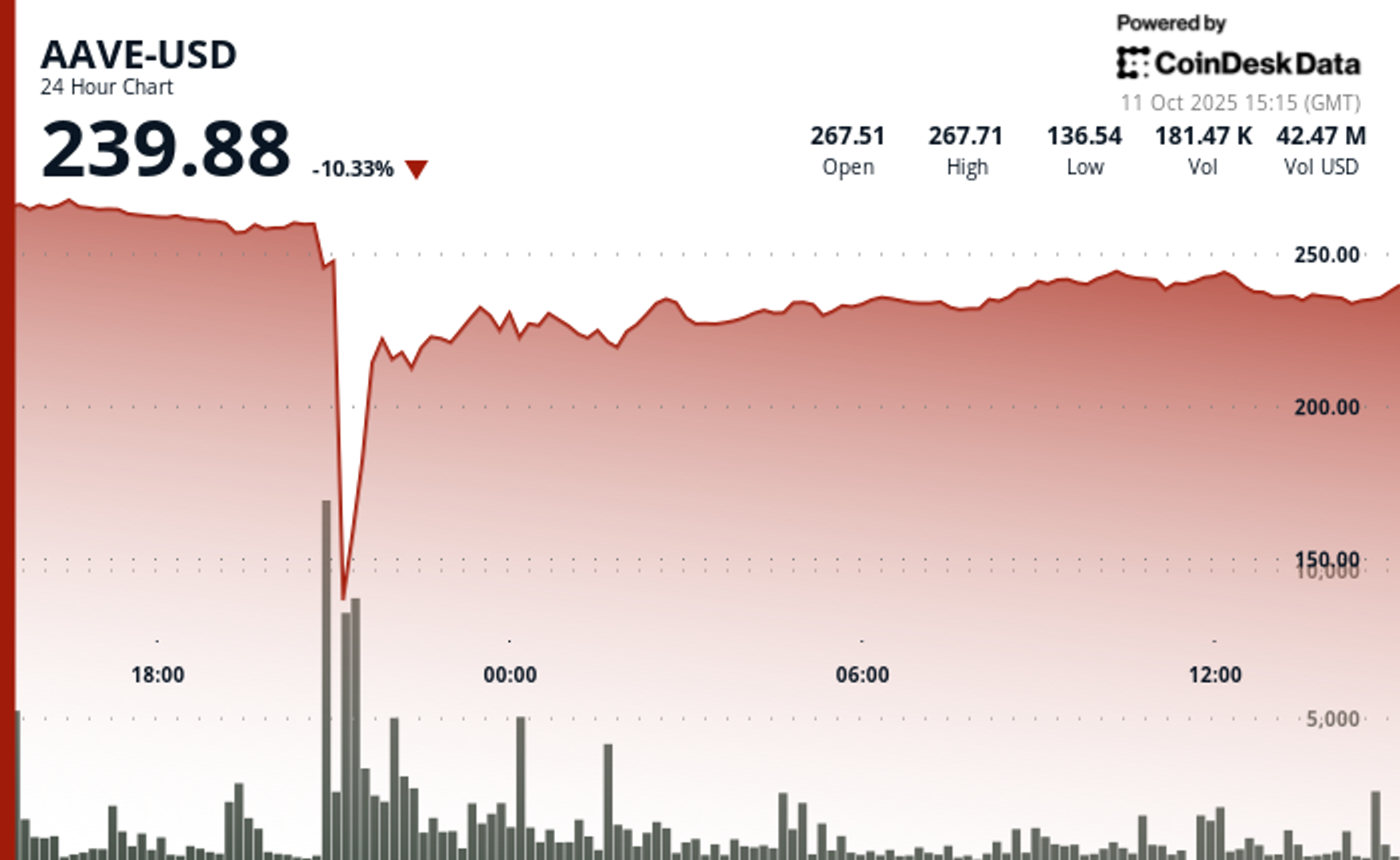
The native token of Aave (AAVE), the largest decentralized crypto lending protocol, was caught in the middle of Friday’s crypto flash crash while the protocol proved resilient in a historic liquidation cascade.
The token, trading at around $270 earlier in Friday, nosedived as much as 64% later in the session to touch $100, the lowest level in 14 months. It then staged a rapid rebound to near $240, still down 10% over the past 24 hours.
Stani Kulechov, founder of Aave, described Friday’s event as the «largest stress test» ever for the protocol and its $75 billion lending infrastructure.
The platform enables investors to lend and borrow digital assets without conventional intermediaries, using innovative mechanisms such as flash loans. Despite the extreme volatility, Aave’s performance underscores the evolving maturity and resilience of DeFi markets.
«The protocol operated flawlessly, automatically liquidating a record $180M worth of collateral in just one hour, without any human intervention,» Kulechov said in a Friday X post. «Once again, Aave has proven its resilience.»
Key price action:
- AAVE sustained a dramatic flash crash on Friday, declining 64% from $278.27 to $100.18 before recuperating to $240.09.
- The DeFi protocol demonstrated remarkable resilience with its native token’s 140% recovery from the intraday lows, underpinned by substantial trading volume of 570,838 units.
- Following the volatility, AAVE entered consolidation territory within a narrow $237.71-$242.80 range as markets digested the dramatic price action.
Technical Indicators Summary
- Price range of $179.12 representing 64% volatility during the 24-hour period.
- Volume surged to 570,838 units, substantially exceeding the 175,000 average.
- Near-term resistance identified at $242.80 capping rebound during consolidation phase.
Disclaimer: Parts of this article were generated with the assistance from AI tools and reviewed by our editorial team to ensure accuracy and adherence to our standards. For more information, see CoinDesk’s full AI Policy.
Business
Blockchain Will Drive the Agent-to-Agent AI Marketplace Boom

AI agents, software systems that use AI to pursue goals and complete tasks on behalf of users, are proliferating. Think of them as digital assistants that can make decisions and take actions towards goals you set without needing step-by-step instructions — from GPT-powered calendar managers to trading bots, the number of use cases is expanding rapidly. As their role expands across the economy, we have to build the right infrastructure that will allow these agents to communicate, collaborate and trade with one another in an open marketplace.
Big tech players like Google and AWS are building early marketplaces and commerce protocols, but that raises the question: will they aim to extract massive rents through walled gardens once more? Agents’ capabilities are clearly rising, almost daily, with the arrival of new models and architectures. What’s at risk is whether these agents will be truly autonomous.
Autonomous agents are valuable because they unlock a novel user experience: a shift from software as passive or reactive tools to active and even proactive partners. Instead of waiting for instructions, they can anticipate needs, adapt to changing conditions, and coordinate with other systems in real time, without the user’s constant input or presence. This autonomy in decision-making makes them uniquely suited for a world where speed and complexity outpace human decision-making.
Naturally, some worry about what greater decision-making autonomy means for work and accountability — but I see it as an opportunity. When agents handle repetitive, time-intensive tasks and parallelize what previously had to be done in sequence, they expand our productive capacity as humans — freeing people to engage in work that demands creativity, judgment, composition and meaningful connection. This isn’t make-believe, humanity has been there before: the arrival of corporations allowed entrepreneurs to create entirely new products and levels of wealth previously unthought of. AI agents have the potential to bring that capability to everyone.
On the intelligence side, truly autonomous decision-making requires AI agent infrastructure that is open source and transparent. OpenAI’s recent OSS release is a good step. Chinese labs, such as DeepSeek (DeepSeek), Moonshot AI (Kimi K2) and Alibaba (Qwen 3), have moved even quicker.
However, autonomy is not purely tied to intelligence and decision making. Without resources, an AI agent has little means to enact change in the real world. Hence, for agents to be truly autonomous they need to have access to resources and self-custody their assets. Programmable, permissionless, and composable blockchains are the ideal substrate for agents to do so.
Picture two scenarios. One where AI agents operate within a Web 2 platform like AWS or Google. They exist within the limited parameters set by these platforms in what is essentially a closed and permissioned environment. Now imagine a decentralized marketplace that spans many blockchain ecosystems. Developers can compose different sets of environments and parameters, therefore, the scope available to AI agents to operate is unlimited, accessible globally, and can evolve over time. One scenario looks like a toy idea of a marketplace, and the other is an actual global economy.
In other words, to truly scale not just AI agent adoption, but agent-to-agent commerce, we need rails that only blockchains can offer.
The Limits of Centralized Marketplaces
AWS recently announced an agent-to-agent marketplace aimed at addressing the growing demand for ready-made agents. But their approach inherits the same inefficiencies and limitations that have long plagued siloed systems. Agents must wait for human verification, rely on closed APIs and operate in environments where transparency is optional, if it exists at all.
To act autonomously and at scale, agents can’t be boxed into closed ecosystems that restrict functionality, pose platform risks, impose opaque fees, or make it impossible to verify what actions were taken and why.
Decentralization Scales Agent Systems
An open ecosystem allows for agents to act on behalf of users, coordinate with other agents, and operate across services without permissioned barriers.
Blockchains already offer the key tools needed. Smart contracts allow agents to perform tasks automatically, with rules embedded in code, while stablecoins and tokens enable instant, global value transfers without payment friction. Smart accounts, which are programmable blockchain wallets like Safe, allow users to restrict agents in their activity and scope (via guards). For instance, an agent may only be allowed to use whitelisted protocols. These tools allow AI agents not only to behave expansively but also to be contained within risk parameters defined by the end user. For example, this could be setting spending limits, requiring multi-signatures for approvals, or restricting agents to whitelisted protocols.
Blockchain also provides the transparency needed so users can audit agent decisions, even when they aren’t directly involved. At the same time, this doesn’t mean that all agent-to-agent interactions need to happen onchain. E.g. AI agents can use offchain APIs with access constraints defined and payments executed onchain.
In short, decentralized infrastructure gives agents the tools to operate more freely and efficiently than closed systems allow.
It’s Already Happening Onchain
While centralized players are still refining their agent strategies, blockchain is already enabling early forms of agent-to-agent interaction. Onchain agents are already exhibiting more advanced behavior like purchasing predictions and data from other agents. And as more open frameworks emerge, developers are building agents that can access services, make payments, and even subscribe to other agents — all without human involvement.
Protocols are already implementing the next step: monetization. With open marketplaces, people and businesses are able to rent agents, earn from specialized ones, and build new services that plug directly into this agent economy. Customisation of payment models such as subscription, one-off payments, or bundled packages will also be key in facilitating different user needs. This will unlock an entirely new model of economic participation.
Why This Distinction Matters
Without open systems, fragmentation breaks the promise of seamless AI support. An agent can easily bring tasks to completion if it stays within an individual ecosystem, like coordinating between different Google apps. However, where third-party platforms are necessary (across social, travel, finance, etc), an open onchain marketplace will allow agents to programmatically acquire the various services and goods they need to complete a user’s request.
Decentralized systems avoid these limitations. Users can own, modify, and deploy agents tailored to their needs without relying on vendor-controlled environments.
We’ve already seen this work in DeFi, with DeFi legos. Bots automate lending strategies, manage positions, and rebalance portfolios, sometimes better than any human could. Now, that same approach is being applied as “agent legos” across sectors including logistics, gaming, customer support, and more.
The Path Forward
The agent economy is growing fast. What we build now will shape how it functions and for whom it works. If we rely solely on centralized systems, we risk creating another generation of AI tools that feel useful but ultimately serve the platform, not the person.
Blockchain changes that. It enables systems where agents act on your behalf, earn on your ideas, and plug into a broader, open marketplace.
If we want agents that collaborate, transact, and evolve without constraint, then the future of agent-to-agent marketplaces must live onchain.
Business
‘Largest Ever’ Crypto Liquidation Event Wipes Out 6,300 Wallets on Hyperliquid

More than 1,000 wallets on Hyperliquid were completely liquidated during the recent violent crypto sell-off, which erased over $1.23 billion in trader capital on the platform, according to data from its leaderboard.
In total, 6,300 wallets are now in the red, with 205 losing over $1 million each according to the data, which was first spotted by Lookonchain. More than 1,000 accounts saw losses of at least $100,000.
The wipeout came as crypto markets reeled from a global risk-off event triggered by U.S. President Donald Trump’s announcement of a 100% additional tariff on Chinese imports.
The move spooked investors across asset classes and sent cryptocurrency prices tumbling. Bitcoin briefly dropped below $110,000 and ether fell under $3,700, while the broader market as measured by the CoinDesk 20 (CD20) index dropped by 15% at one point.
The broad sell-off led to over $19 billion in liquidations over a 24 hours period, making it the largest single-day liquidation event in crypto history by dollar value. According to CoinGlass, the “actual total” of liquidations is “likely much higher” as leading crypto exchange Binance doesn’t report as quickly as other platforms.
Leaderboard data reviewed by CoinDesk shows the top 100 traders on Hyperliquid gained $1.69 billion collectively.
In comparison, the top 100 losers dropped $743.5 million, leaving a net profit of $951 million concentrated among a handful of highly leveraged short sellers.
The biggest winner was wallet 0x5273…065f, which made over $700 million from short positions, while the largest loser, “TheWhiteWhale,” dropped $62.5 million.
Among the victims of the flush is crypto personality Jeffrey Huang, known online as Machi Big Brother, who once launched a defamation suit against ZachXBT, losing almost the entire value of his wallet, amounting to $14 million.
«Was fun while it lasted,» he posted on X.
Adding to the uncertainty, the ongoing U.S. government shutdown has delayed the release of key economic data. Without official indicators, markets are flying blind at a time when geopolitical risk is rising.
-

 Business12 месяцев ago
Business12 месяцев ago3 Ways to make your business presentation more relatable
-

 Fashion12 месяцев ago
Fashion12 месяцев agoAccording to Dior Couture, this taboo fashion accessory is back
-

 Entertainment12 месяцев ago
Entertainment12 месяцев ago10 Artists who retired from music and made a comeback
-

 Entertainment12 месяцев ago
Entertainment12 месяцев ago\’Better Call Saul\’ has been renewed for a fourth season
-

 Entertainment12 месяцев ago
Entertainment12 месяцев agoNew Season 8 Walking Dead trailer flashes forward in time
-

 Business12 месяцев ago
Business12 месяцев ago15 Habits that could be hurting your business relationships
-

 Entertainment12 месяцев ago
Entertainment12 месяцев agoMeet Superman\’s grandfather in new trailer for Krypton
-

 Entertainment12 месяцев ago
Entertainment12 месяцев agoDisney\’s live-action Aladdin finally finds its stars





